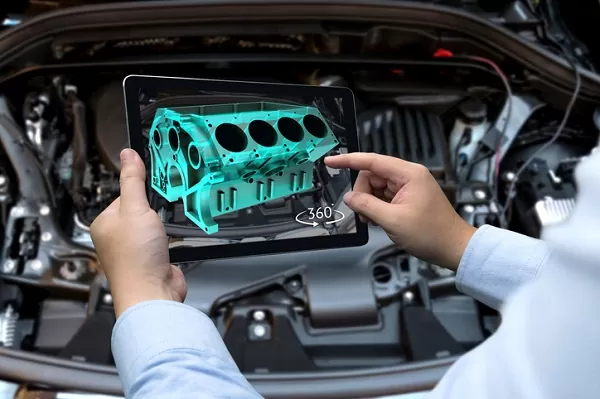How many miles can you get on a gallon of gas? That’s a question that most drivers are interested in. The answer, however, is not as straightforward as you might think. There are a lot of factors that go into fuel economy – the type of car you drive, the way you drive it, and even the temperature outside can affect how many miles per gallon your car gets. In this blog post, we’ll take a look at how fuel economy is measured and some tips to help you save on gasoline expenses.
Let’s Take A Look!
How Is The Fuel Economy Of A Car Measured?
The fuel economy of a car is the distance it can travel on one gallon of gasoline (or other fuel). The measure is important for comparing the efficiency of different vehicles. In the past, the MPG was calculated by driving a car on a test track and measuring how much fuel it used.
Today, most cars have computers that calculate the MPG in real time. The computer uses information from the car’s sensors to estimate fuel consumption. This information includes the speed of the car, the amount of time the engine is running, and the air temperature.
The computer can also take into account factors that affect fuel economy, such as wind resistance and tire rolling resistance. By taking these factors into account, the computer can give a more accurate estimate of MPG.
MPG estimates are useful for comparing the fuel economy of different cars. However, they should not be used as a exact measure of fuel consumption. Actual fuel economy will vary depending on driving conditions and habits.
What Are The Main Factors That Influence Fuel Consumption?
When it comes to fuel economy, there are a variety of factors that can impact a car’s gas mileage. Here are some of the most common:
Weight: The heavier your car, the more fuel it will consume. This is because larger vehicles require more energy to move.
Wind resistance: Cars with an aerodynamic design will often have better fuel economy than those with a boxier shape. This is because wind resistance plays a role in how much fuel a car uses.
Tire pressure: Having properly inflated tires can improve your car’s gas mileage by up to 3%. This is because under-inflated tires create more rolling resistance, which requires more fuel to overcome.
Engine size: Generally speaking, smaller engines are more fuel efficient than larger ones. This is because they don’t have to work as hard to power the car.
Fuel type: The type of fuel you use can also impact your car’s gas mileage. For example, diesel engines are typically more efficient than gasoline engines.
What Is The Average MPG For Cars In The US?
The typical MPG of a car in the United States varies greatly depending on the type of vehicle. A smaller sedan will generally get better gas mileage than a large SUV. Here is a breakdown of average MPG by vehicle type:
-Small sedan: 28 MPG
-Large SUV: 20 MPG
-Truck: 22 MPG
Of course, these are just averages and your actual mileage may vary depending on many factors such as your driving habits, the terrain you are driving on, and even the weather conditions. But if you’re curious about what kind of gas mileage you can expect from different types of vehicles, this should give you a good idea.
How Many Miles Can a Car Drive on a Gallon?
Now that we know how MPG is measured and what factors can influence it, let’s answer the question: how many miles can a car drive on a gallon of gas?
As we’ve seen, there are a lot of variables that go into this answer. However, if we assume an average car with an average MPG, we can come up with a rough estimate. For the sake of simplicity, let’s say the average car gets 25 MPG. This means that the average car can travel 25 miles for every gallon of gas it uses.
Of course, this is just an estimate and your actual mileage may vary depending on the factors we discussed earlier. But if you’re trying to figure out how far you can go on a tank of gas, this should give you a good idea.
Tips For Getting More Miles Out Of A Gallon Of Gas
If you’re looking to save money on gas, there are a few things you can do to get more miles out of each gallon. Here are some tips:
-Drive at a steady speed
Accelerating and braking frequently can lower your gas mileage by up to 33%. So if you want to save fuel, try to drive at a steady speed and avoid sudden stops.
-Use cruise control
Cruise control can help you maintain a consistent speed and improve your gas mileage.
-Avoid idling
If you’re stopped for more than 30 seconds, it’s usually more efficient to turn off your engine than to let it idle.
-Keep your car in good shape
A well-maintained car will often have better fuel economy than one that isn’t. So make sure to keep up with your car’s maintenance schedule.
By following these tips, you can improve your car’s gas mileage and save money at the pump. So next time you’re trying to figure out how far you can go on a tank of gas, remember to take these factors into account.
Do you have any other tips for saving fuel? Let us know in the comments below!








